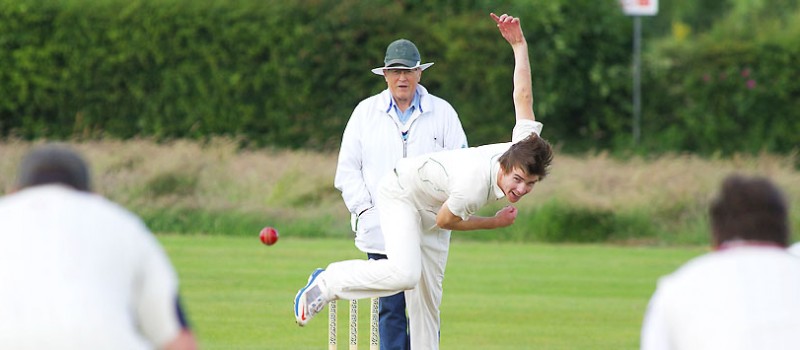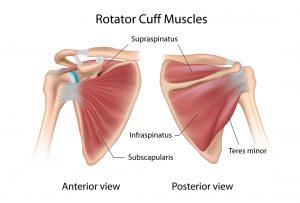
SHOULDER PAIN IN CRICKET
Shoulder pain is common in cricket because of the repeated actions of throwing and bowling.
The rotator cuff muscles (Supraspinatus, Infraspinatus, Subscapularis and Teres Minor) are small muscles situated around the shoulder joint, which can become injured due to overuse during cricket.
Rotator cuff tears make up a large proportion of cricket-related shoulder injuries, however they are quite common in the non-athletic population as well.
Rotator cuff injuries often begin as inflammation caused by repeated irritation. If the cause of the inflammation is not addressed, partial tears may develop in the cuff that could eventually become a tear all the way through one or more of the rotator cuff muscles.
Symptoms of a rotator cuff overuse injury
Interestingly, pain from a rotator cuff overuse injury is not always felt in the shoulder! Often the injury refers pain a bit further down into the upper arm area. Sufferers may also feel pain and tightness around the back where the shoulder blade lies, given all of the rotator cuff muscles run from the shoulder blade across to the upper arm (see image below).
If there is significant inflammation of the rotator cuff, the area will often ache at night, and many people have great difficulty lying on the injured side. This interruption to sleep is often the thing that triggers sufferers to come in for physiotherapy treatment.

What can you I to prevent shoulder pain?
All cricketers should pay attention to the flexibility, strength and endurance of the shoulder muscles. There is also a chance of some underlying shoulder instability so care must be taken with selection of shoulder exercises.
Correct throwing and bowling technique can help to reduce injury risk. Shoulder stabilisation exercises under the supervision of a physiotherapist can also help prevent damage to the rotator cuff tendons.
It is important that any increase in the amount of training or competition must be gradual in order to prevent overload of the rotator cuff muscles. In particular, bowling and fielding practice should be increased gradually to allow the rotator cuff tendons to adapt.
What should I do if I suffer shoulder pain?
Physiotherapy treatment can reduce acute (short-term) inflammation and chronic (long-term) degeneration of the rotator cuff. The objective of physiotherapy treatment is to limit inflammation initially before building strength and stability. Anti-inflammatory medication prescribed by a doctor is often helpful. Anti-inflammatory Gel may be more appropriate where anti-inflammatory tablets are not well tolerated.
So if you are a experiencing any shoulder discomfort (in particular with throwing or bowling), it would certainly be worth seeing one of the expert local Camberwell Physiotherapists for an accurate assessment.






